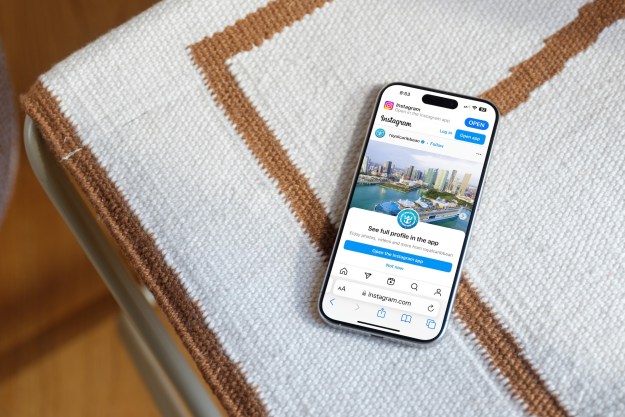
Made possible by funding provided by the Knight Foundation, the Chicago Public Library and the New York Public Library will soon start to provide access to Wi-Fi hotspot hardware that can be checked out for use at home. Totaling up to $900,000 in overall funding, the two grants are designed to help low-income families that currently don’t have access to broadband Internet. Detailed by The Atlantic’s Citylab, the two libraries will also provide educational content and digital skill classes with the funding.
Specifically, the New York Public Library will make the “Check Out the Internet” hotspots available to 10,000 households for an entire year, assuming an additional $500,000 in matching funding is raised. Alternatively, the Chicago Public Library has a much shorter loan time of three weeks and will be loaning out the hardware in six neighborhoods that have broadband adoption rates less than 51 percent. Conceptually, this will allow low income households the ability to utilize resources on the Internet when the library is closed. Both libraries are expected to receive the funding during summer 2014 and will put the two programs in place this year.
Prior to the funding announcement, the New York Public Library launched a much smaller pilot program with just 100 devices spread between four different branches. According to New York Public Library president Tony Marx, information that’s being collected from the pilot program will help them launch the larger batch of devices around the city. That data includes where the hotspots are being deployed about the city as well as the length of time that library patrons are spending using the Wi-Fi hotspots.
Speaking briefly about the new hotspot lending program, Marx said “In a world where access to the Internet is necessary for almost any important task — applying for jobs, doing school work, paying bills — it is unacceptable that so many of the most vulnerable New Yorkers would be left behind.”
Marx continued “Andrew Carnegie believed in making knowledge and information accessible to all, and this new program to loan wi-fi devices continues that important mission, ensuring library materials can be read at home and providing families with the key tools that they need to succeed and open new doors of opportunity.”


